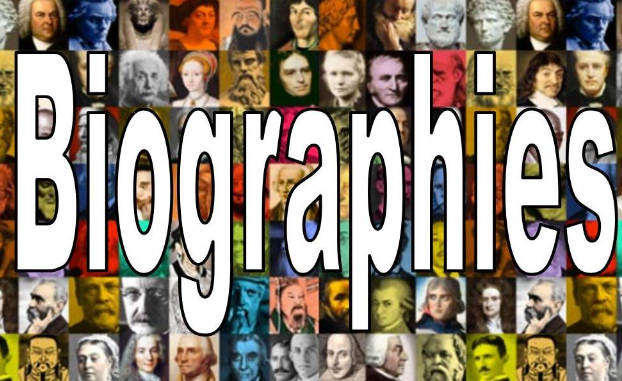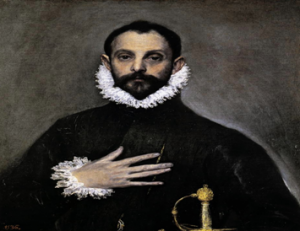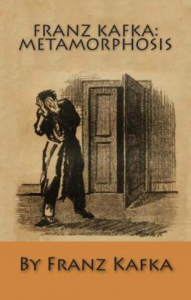
1. DOMENIKOS THEOTOKOPOULOS
Domenikos Theotokopoulos, also known by the Italian nickname El Greco, meaning The Greek, was a Cretan painter, sculptor and architect of the Spanish Renaissance. He lived most of his life away from Greece, creating most of his works in Italy and Spain.
He was initially trained as a hagiographer in Heraklion, which was then part of the Venetian territory, and later travelled to Venice. In Italy, he was influenced by the greatest masters of Italian art, such as Tintoretto and Titian, adopting elements of mannerism. In 1577, he settled in Toledo, where he lived until the end of his life and completed some of his best-known works. Stylistically, El Greco’s style is considered an expression of the Venetian School and mannerism as it was formed in the second half of the 16th century. At the same time, it is characterized by personal elements, products of his tendency for originality, which, however, did not find imitators in his time, a fact that did not favor their continuation.
The Baroque style that displaced Mannerism, but also the immediately subsequent artistic currents that did not favorably treat his style and resulted in Greco’s work being ignored in the following centuries. During the 20th century, he was recognized as a forerunner of modern art that utilized elements of Eastern and Western traditions, and his work was re-evaluated, maintaining to this day a dominant position among the greatest painters of all times.
His father, George Theotokopoulos, was a tax collector and merchant. There is no information about his mother, while the identity of a possible first Greek wife remains unknown. He had an older brother, Manousos Theotokopoulos, who followed their father’s profession. Greco’s early creative period includes the works he painted in Crete and Venice, many of which are difficult to determine whether they were completed in Candia or in the Italian city. The Dormition of the Virgin Mary, discovered in 1983 in Syros, having been transferred there probably by Psarian settlers after the destruction of Psara, is his first surviving work with his signature. Together with the portable icon Luke the Evangelist painting the Virgin Mary, they are an important source of information about the style of young Theotokopoulos. In his last years of stay in Venice, belongs the painting Cure of the Blind Man, a work characterized by the influence of Tintoretto, in terms of the arrangement of the figures and the rendering of the buildings seen in the background. In other works, such as The Last Supper, his willingness to represent in a natural way the movement of bodies and their position in space is evident.
During his lifetime, his work was appreciated and promoted more by scholars, humanists and intellectuals than by the artistic establishment. Later, it was ignored for a period of about four hundred years. There were no imitators of him, as only his son took care of the reproduction of some of his best-known compositions.
ΔΗΜΗΤΡΑ ΚΩΝΣΤΑΝΤΑΤΟΥ
2. FRANZ KAFKA
HIS LIFE
Franz Kafka (3 July 1883–3 June 1924) was a German speaking Bohemian novelist and short-story writer based in Prague, who is widely regarded as one of the major figures of 20th-century literature. Kafka was born into a middle-class German-speaking Czech Jewish family in Prague, the capital of the Kingdom of Bohemia, then part of the Austro-Hungarian Empire (today the capital of the Czech Republic). He trained as a lawyer, and after completing his legal education was employed full-time by an insurance company, forcing him to relegate writing to his spare time. Over the course of his life, Kafka wrote hundreds of letters to family and close friends, including his father, with whom he had a strained and formal relationship. He became engaged to several women but never married. He died in obscurity in 1924 at the age of 40 from tuberculosis.
EDUCATION
From 1889 to 1893, Kafka attended the Deutsche Knabenschule German boys” elementary school at the Masný trh/Fleischmarkt (meat market), now known as Masná Street. His Jewish education ended with his bar mitzvah celebration at the age of 13. Kafka never enjoyed attending the synagogue and went with his father only on four high holidays a year. Kinský Palace where Kafka attended gymnasium and his father owned a shop After leaving elementary school in 1893, Kafka was admitted to the rigorous classics-oriented state gymnasium, Altstädter Deutsches Gymnasium, an academic secondary school at Old Town Square, within the Kinský Palace. German was the language of instruction, but Kafka also spoke and wrote in Czech. He studied the latter at the gymnasium for eight years, achieving good grades. Although Kafka received compliments for his Czech, he never considered himself fluent in the language, though he spoke German with a Czech accent. He completed his Matura exams in 1901.
Admitted to the Deutsche Karl-Ferdinands-Universität of Prague in 1901, Kafka began studying chemistry but switched to law after two weeks. Law required a longer course of study, giving Kafka time to take classes in German studies and art history. He also joined a student club, Lese- und Redehalle der Deutschen Studenten (Reading and Lecture Hall of the German students), which organised literary events, readings and other activities. Among Kafka’s friends were the journalist Felix Weltsch, who studied philosophy, the actor Yitzchak Lowy who came from an orthodox Hasidic Warsaw family, and the writers Ludwig Winder, Oskar Baum and Franz Werfel. Kafka was awarded the degree of Doctor of Law on 18 June 1906 and performed an obligatory year of unpaid service as law clerk for the civil and criminal courts.
HIS WORK
His work fuses elements of realism and the fantastic. It typically features isolated protagonists facing bizarre or surrealistic predicaments and incomprehensible socio-bureaucratic powers. It has been interpreted as exploring themes of alienation, existential anxiety, guilt, and absurdity. His best known works include the short story «The Metamorphosis» and novels The Trial and The Castle. The term Kafkaesque has entered English to describe absurd situations, like those depicted in his writing.
All of Kafka’s published works, except some letters he wrote in Czech to Milena Jesenská, were written in German. Kafka finished none of his full-length novels and burned around 90 percent of his work, much of it during the period he lived in Berlin with Diamant, who helped him burn the drafts.
Kafka drew and sketched extensively. Until May 2021, only about 40 of his drawings were known. In 2022, Yale University Press published Franz Kafka: The Drawings.
HIS PERSONAL LIFE
Kafka’s childhood was somewhat lonely. Kafka’s troubled relationship with his father is evident in his Brief an den Vater (Letter to His Father) of more than 100 pages, in which he complains of being profoundly affected by his father’s authoritarian and demanding character; his mother, in contrast, was quiet and shy. The dominating figure of Kafka’s father had a significant influence on Kafka’s writing.
Kafka never married. He had close relationships with several women during his lifetime.
HIS PERSONALITY
Kafka had a lifelong suspicion that people found him mentally and physically repulsive. However, many of those who met him invariably found him to possess obvious intelligence and a sense of humour; they also found him handsome, although of austere appearance.
Kafka enjoyed sharing humour with his friends, but also helped them in difficult situations with good advice.
Although Kafka showed little interest in exercise as a child, he later developed a passion for games and physical activity, and was an accomplished rider, swimmer, and rower. On weekends, he and his friends embarked on long hikes, often planned by Kafka himself. His other interests included alternative medicine, modern education systems such as Montessori, and technological novelties such as airplanes and film. Writing was vitally important to Kafka; he considered it a «form of prayer». He was highly sensitive to noise and preferred absolute quiet when writing.
In his will, Kafka instructed his close friend and literary executor Max Brod to destroy his unfinished works, including his novels The Trial, The Castle, and Amerika, but Brod ignored these instructions and had much of his work published. Kafka’s writings became famous in German-speaking countries after World War II, influencing their literature, and its influence spread elsewhere in the world in the 1960s. It has also influenced artists, composers, and philosophers.
ΕΙΡΗΝΗ ΕΥΣΤΑΘΙΟΥ







Μοναδικές προσωπικότητες, που άφησαν ανεξίτηλο αποτύπωμα ο καθένας στην τέχνη του.